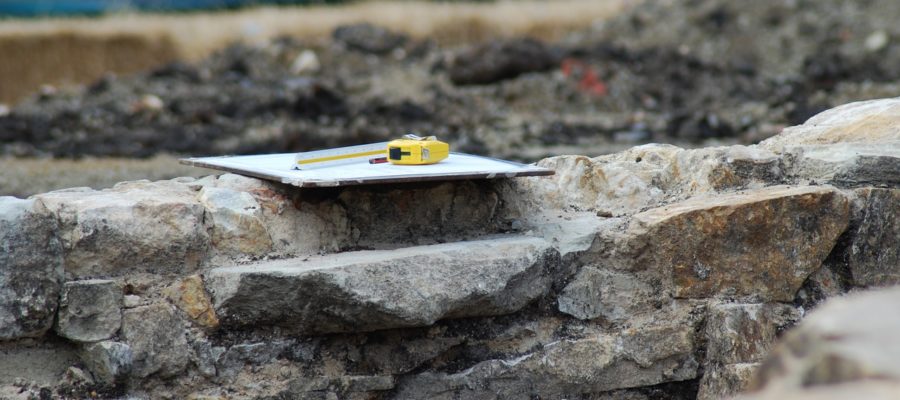Whether you are the existing homeowner or a potential buyer, finding cracks in the foundation can be a deal-breaker for a prospective purchaser and potential cause for alarm if you are the current owner.
The main thing to remember about finding cracks in your foundation is that the extent of your concern might be influenced by the size of the crack that has appeared, and how quickly you act can also affect the outcome.
Here is a look at how to interpret those hairline cracks and patterns to determine what you might be dealing with, including some tips on how to evaluate what might be causing the cracks to appear, some insights into what evidence to look for and details on shrinkage issues, and how to spot what is going on.
Is it a structural problem?
Your first thought will probably one of panic when you spot a crack in your foundation, but as a general rule, it is often a crack that is at least 1/16 inch wide that is going to spell out a structural problem.
However, there is no room for complacency and any sign of cracking should be investigated. Although large cracks are most likely to indicate a structural problem, if a small crack is allowed to develop you could be allowing moisture in and encouraging termites, neither of which are good news in any way for your home.
Probable cause
Structural issues with your property are a job to be tackled by a professional and you will probably want to get some guidance from someone like Helitech Civil Construction Division, in order to evaluate the extent of the problem.
As a starting point, you can carry out a visual inspection yourself to try and gauge how the cracking is developing and what might be causing it.
If you can establish the probable cause of the cracking and distinguish between whether it is an isolated event that has caused the problem or an ongoing worsening situation, this will help you to decide your next course of action and determine the remedial treatment needed to put things right.
Is it shrinkage?
Shrinkage cracks normally when your concrete has cured and will appear with greater frequency and be larger in size if the original mix was not correct and where control joints were inadvertently omitted.
You should find that shrinkage cracks are likely to be uniform in width or take on a vee-shaped appearance, although the latter is not as common. Their characteristic will be defined by being wider at the top and then diminishing or tapering out completely before they reach the bottom the foundation wall.
If you have a wall crack that continues into the floor that could suggest that there might be a problem with the footings of the building, which means that this is then a settlement crack which takes on more significant structural importance and requires professional investigation without delay.
Vertical cracks
A vertical foundation crack could potentially be serious depending on what has caused it and the type of foundation it appears in.
If you are witnessing significant vertical dislocation or can spot definite signs of progressive movement, you should take the decision to arrange an urgent more detailed investigation to see what is going on.
It might be that the cause is concrete shrinkage, which is slightly better news and can be resolved fairly easily if that turns out to be the case.
Foundation shrinkage
The very mention of foundation shrinkage is likely to instill a sense of apprehension about what it is going to cost to put matters right but you need to establish exactly what has caused the cracks to appear before hitting the panic button.
These cracks in the foundation might appear from what can be classed as innocent causes such as concrete shrinkage or initial settlement, neither of which are often likely to cause substantial damage to your foundation.
The cracks can also be an indication of something a deal more serious such as ongoing settlement, or load-bearing problems.
Concrete is expected to shrink as part of its natural curing process and the issue with these shrinkage cracks is that they can provide an entry point for water to enter your building.
As you can see, the appearance of cracks doesn’t mean there is a serious problem unless they are larger in size or their characteristics suggest something is going on with your property.
It always pays to be proactive when it comes to dealing with potential foundation problems so arrange to get someone to investigate the cause as soon as you notice cracks appear.
Elise Burke is a busy home inspector who loves to share her experiences online. Her posts can be found on a number of home renovation and homeowner blogs.


